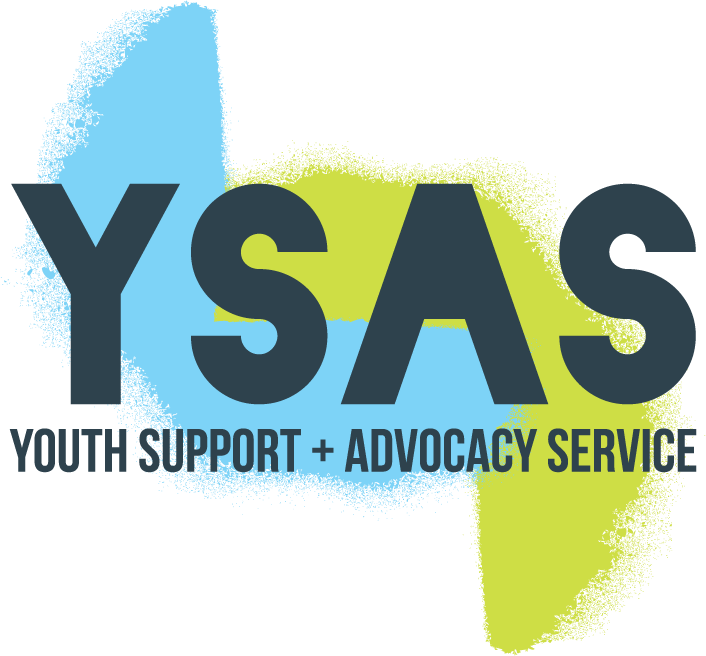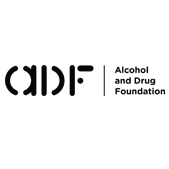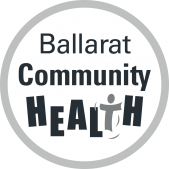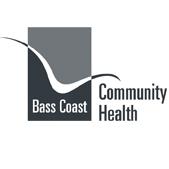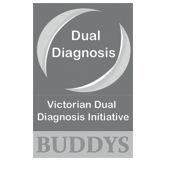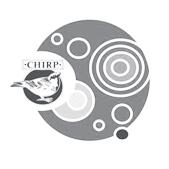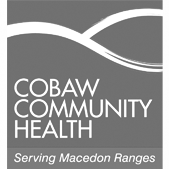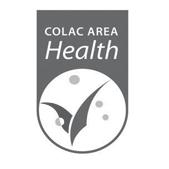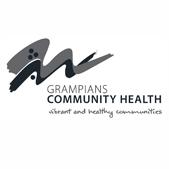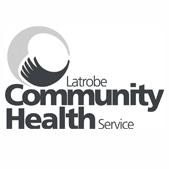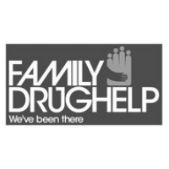Drug Facts
'Nangs' & other Inhalants -Fast facts for workers
Although not widely used by the general population, a general knowledge of inhalants is crucial for a youth worker. Inhalant use continues to be popular among particular groups of young people in the service system.
WHAT?
Inhalants are substances inhaled through the nose or mouth that slows down the messages between brain and body. They are usually household chemicals such as volatile substance, aerosols, gases and nitrates.
It’s important to remember that excessive use of a useful product (such as deodorant) can be a normal behaviour during adolescence does not necessarily mean a young person is inhaling fumes.
** "Nangs" are a type of inhalants that have seen increasingly popularity in Victoria. We recommend this article as a great resource for workers.
OTHER NAMES
Glue, gas, sniff, huff, chroming, poppers, nanging, nangs spraying, paint snigging, glue sniffing, volatile substances. Also various product brand names such as "sellys all clear".
HOW COMMON IS USAGE?
In 2013, 3.8 per cent of Australians over age 14 had used inhalants (National Drug Strategy Household Survey, 2013).
APPEARANCE
Liquids, aerosols (aerated sprays) or gases. Many inhalants are household products. Gas lighter refills, aerosols, hairspray, deodorants, whipped cream cans, and air fresheners, glue, some paints, cleaning fluids, petrol and laughing gas/nitrous oxide can all be inhaled.
USE
Inhaled through the mouth or nose.
Inhalants are commonly sprayed into a plastic bag or onto a towel or rag which is then held over the nose and mouth and vapours inhaled. Chemical-soaked rags or clothes, red runny eyes or nose, loss of appetite and unexplained paint or chemical stains on face or fingers are signs to be aware of. Young people who are chroming may smell of the substance.
EFFECTS
Lessened inhibitions, euphoria, dizziness, mood swings, flu like symptoms (red eyes and runny nose), blurred vison, slurred speech, sores around the mouth, aggression, and vomiting.
High is felt immediately and can last up to 45 minutes.
OVERDOSE
Hallucinations, black outs, inability to be roused or woken. An ambulance should be called if any of these symptoms occur.
Sudden Sniffing Death Syndrome (SDSS) describes death from heart failure resulting from physical exertion post-inhaling, compounded by an irregular heartbeat.
COMMON MIXERS
Alcohol, increasing effects and likelihood of overdose.
SOME HARM REDUCTION STRATEGIES
Encourage a young person to: -
- not to spray directly into their throats as it can lead to suffocation.
- avoid using in enclosed spaces.
- understand the risks involved in mixing other drugs and alcohol, including prescription medication.
- use a sock or cloth instead of a plastic bag.
- to put holes in plastic bags or smaller plastic bag to avoid suffocation
- use in open spaces or at least where air can get in.
- not use inhalants near flames, as they are highly flammable.
- There are examples of deaths from Sudden Sniffing Death Syndrome where a young person has run from the police after use.
- As a worker understand which Inhalants are more harmful.
- See more Universal Harm Reduction Strategies
Dovetail has this great video helping to explaining the history of Inhalants. - Want more? Email the YoDAA team for more comprehensive info.
Didn’t find what you’re looking for? Try the YouthAOD toolbox for further in-depth information.




